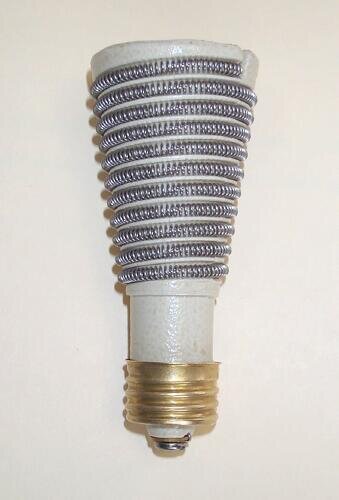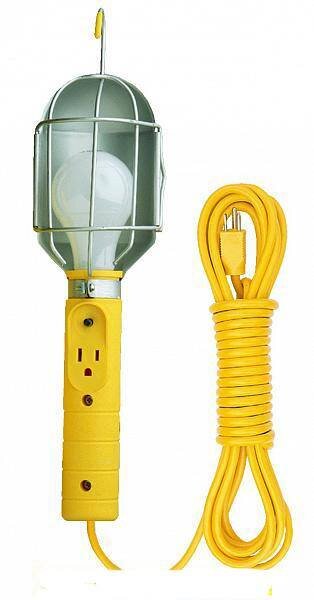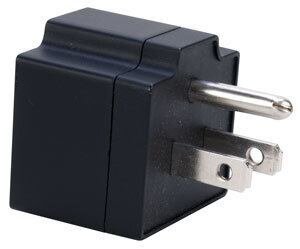My norm is something backstage either in a shielded and vented box for light - this even is
Soco feed
thru, or just something backstage like an Inkie or
clip light in the
circuit. 75w is my standard lamp wattage for something to do a
dummy load when in question of not working sufficiently on a
dimmer.
Thermal
fuse coffee cans? These are things for the history books in "do tell about them." Had a bunch of modified Pinspots that mounted
PAR 38 lamps in my first theater. Could never figure out who was hot gluing the lamps to the cans. Than I later figured out later that the actual plastic lamp
socket installed into the pinspots were the thing melting down and traveling down the
bulb in welding it to the can. Re-wired the cans after that but was fascinating.
Also remember some lighted blow up baloons for some tennis turniments where they were using 1Kw multi-vapor lamps - very badly mounted in
socket to the
screen of the fan. This wasn't the problem in them failing other than snapped welds where the hot lamp would break a weld and pivot against the plexiglass 8" tube inside the baloon. Problem we found after correcting for this wee, engineering of mounting a lamp
socket to a fan
reflector screen problem in welds snapping, was with that the
base reflector inside the arc lamp. (This a part used to reflect heat inside the lamp away from the lamp
socket,) wasn't really designed by lamp type to
bounce around on the way to a show. Lamps in use are for architectural install and not really a
shock mounted type of lamp.
This
shield reflector of heat inside the lamp at times when screwed in - often just happened by chance to
bend the
reflector towards specifically where the thermal
switch was located inside the plexi-glass shell of the blow up balloon light
fixture. A question of Math and chance, but yep, the
filament shields with travel at times allowed the
filament shield ment to reflect heat/light away from the under hung
base, away from it, just happened to when wiggled reflect that heat directly at the thermal
fuse.
Fairly easy fix - re-mount the lamp
socket so it doesn't rely on the
safety screen for the fan cooling it and blowing up the baloon by way of a welded assembly that incorporates all. (Also better rigging of the baloon.) Than given all the 1K multi-vapor lamps have this problem - just re-locate this thermal
switch and get a better brand of lamp.
Way off subject but curious concept in studying and solving a problem. Perhaps a
bit too off topic - sorry.








